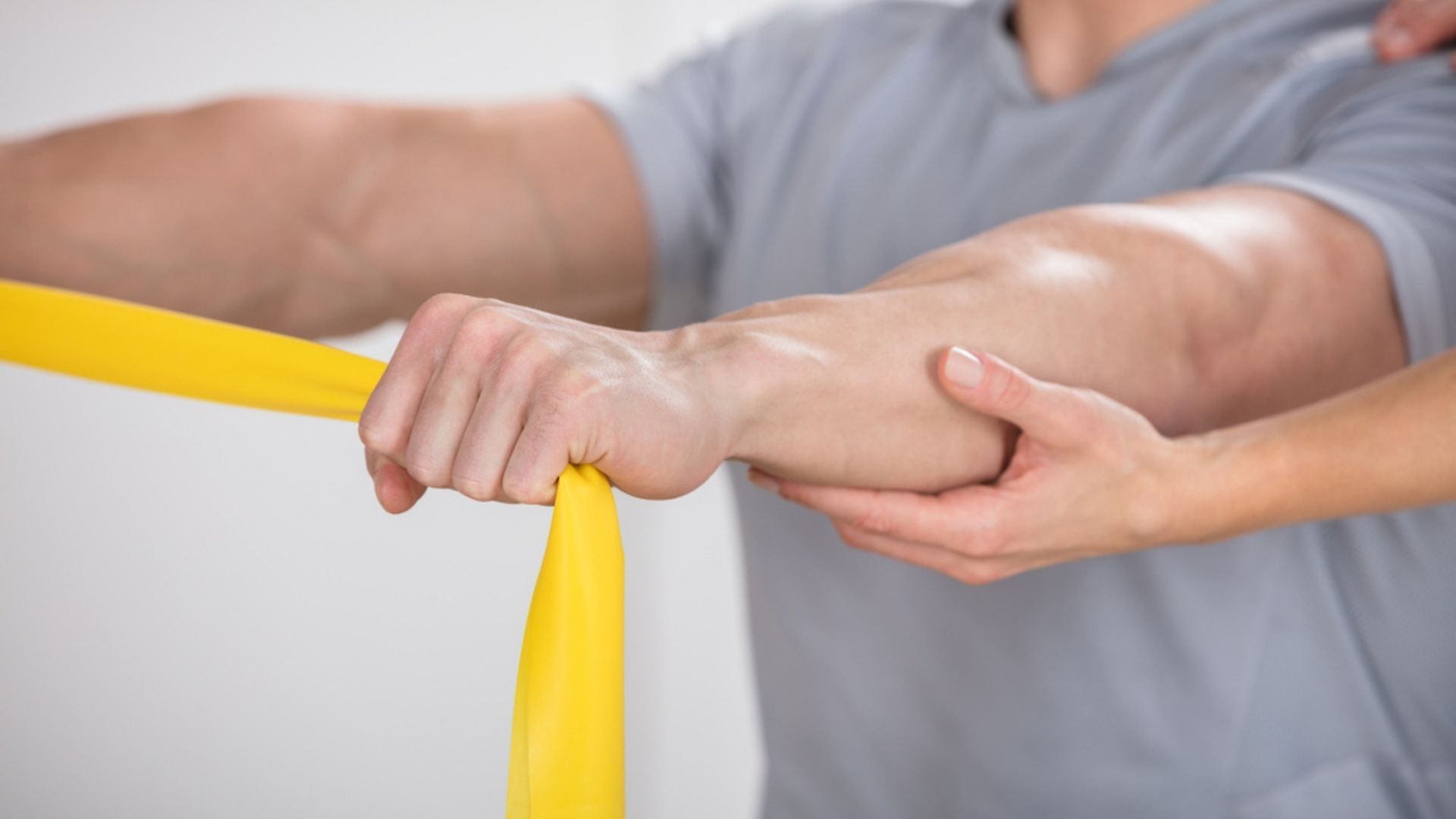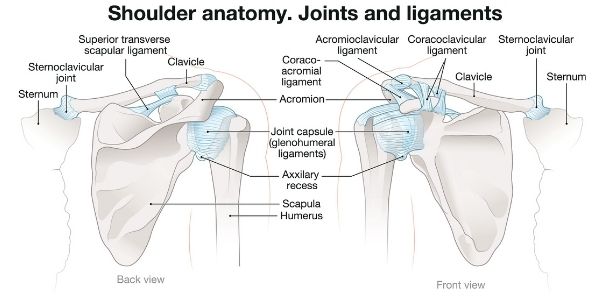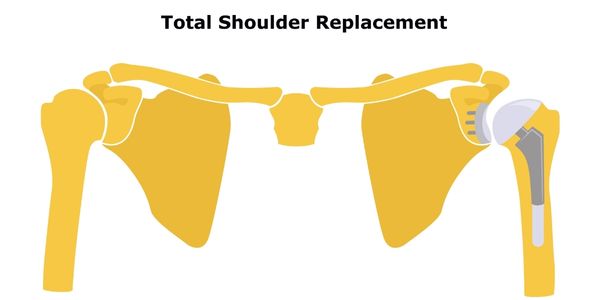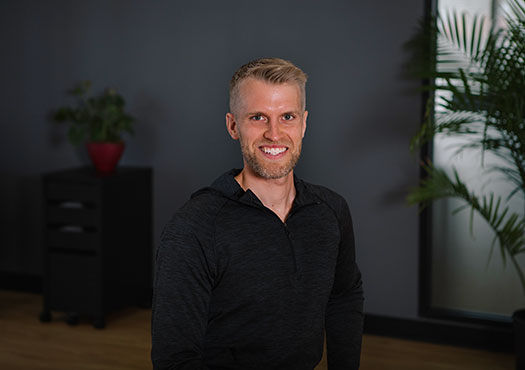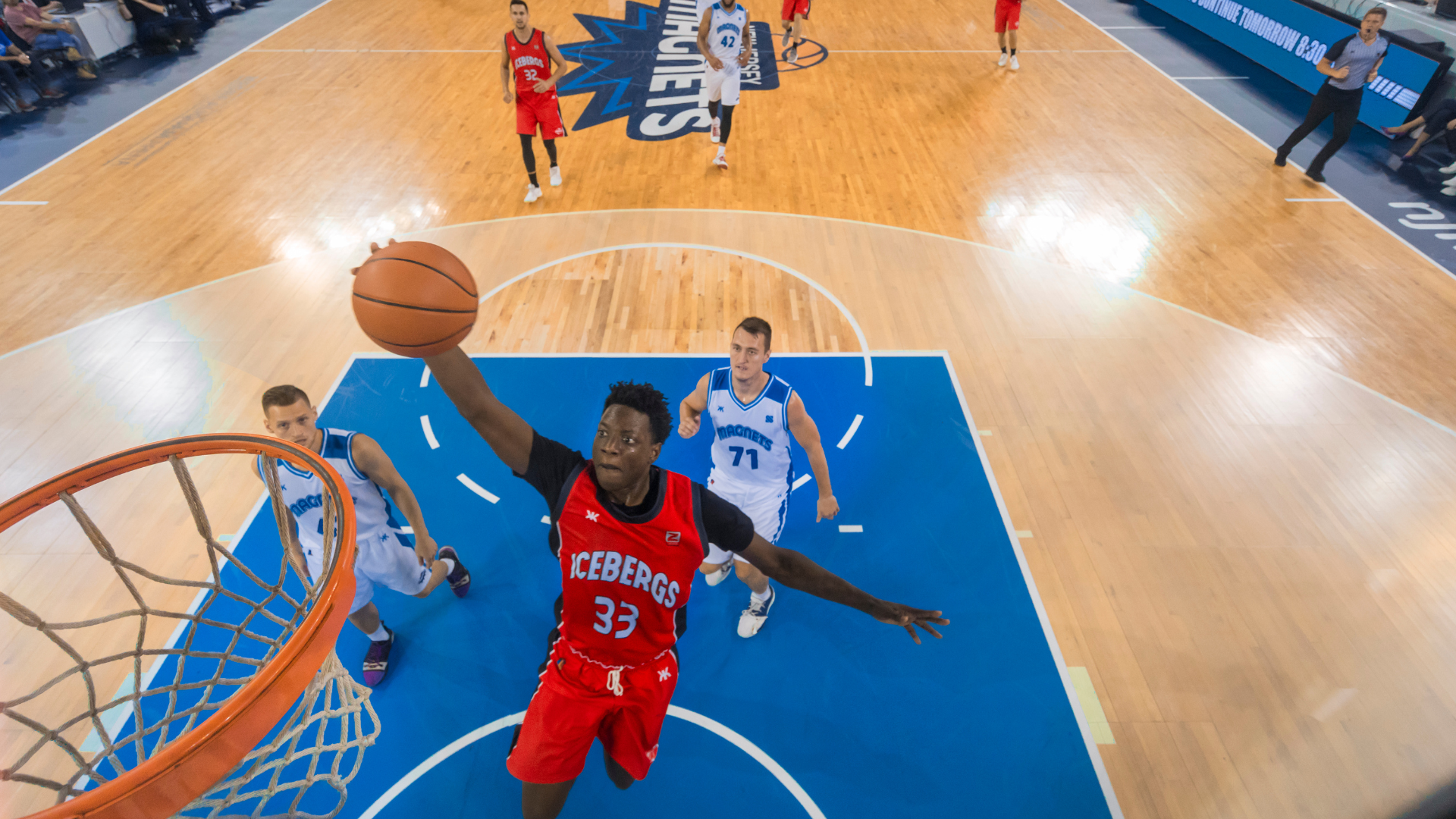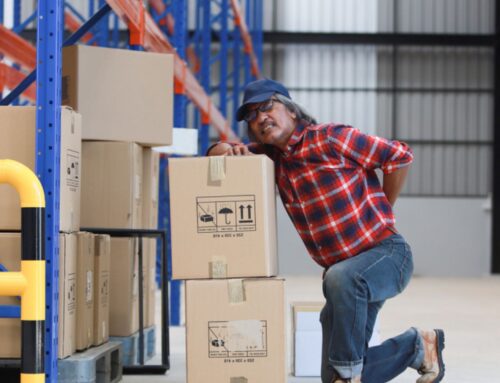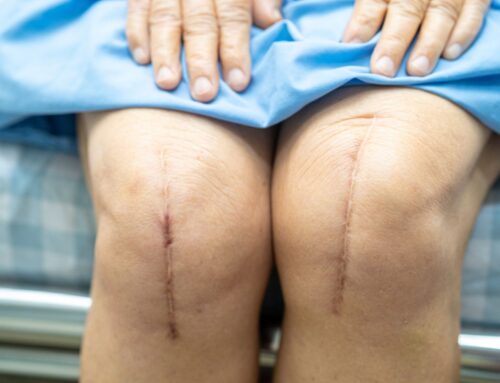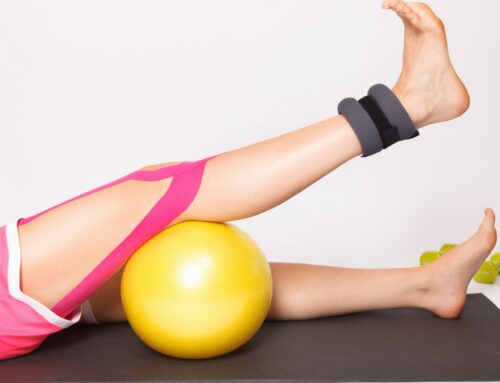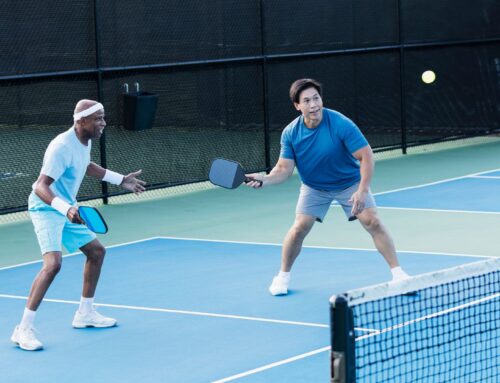Shoulder pain and disability caused by degenerative diseases and injury can lead to the need for shoulder replacement surgery. Most people who undergo shoulder replacements enjoy life with less pain. Shoulder replacement physiotherapy is critical to the success of this type of surgery.
This article will help you understand shoulder joint anatomy and reasons for shoulder replacement surgery. We will also discuss the two types of shoulder replacement surgeries and detail shoulder replacement physiotherapy protocols.
Shoulder Joint Anatomy
Your shoulder is made up of three bones: your upper arm bone (humerus), your shoulder blade (scapula), and your collarbone (clavicle). The shoulder is a ball-and-socket joint. The ball, or head, of your upper arm bone fits into a shallow socket in your shoulder blade. This socket is called the glenoid.[i]
All of these structures allow the shoulder to rotate through a greater range of motion than any other joint in the body. However, this increased movement comes with increased vulnerability to injuries and damage.
Reasons for Shoulder Replacement Surgery
Several conditions can cause shoulder pain and disability that can lead to shoulder joint replacement surgery. These conditions include, but are not limited to:
- Osteoarthritis (degenerative joint disease)
- Rheumatoid arthritis
- Post-traumatic arthritis
- Rotator cuff tear arthropathy
- Avascular necrosis
- Severe fractures
Evidence suggests that total shoulder joint replacement and partial shoulder joint replacement for treatment of primary osteoarthritis result in good or excellent pain relief. Results also include improvement in function and patient satisfaction in 95% of cases.[ii] Overall, shoulder joint replacement is a very successful procedure with predictable pain relief and substantial improvements in motion and function.[iii]
Shoulder Replacement Surgery
In shoulder replacement surgery, the damaged parts of the shoulder are removed and replaced with artificial components, called a prosthesis.
The treatment options are either partial replacement (hemiarthroplasty) of just the head of the humerus bone (ball), or total replacement of both the ball and the socket (glenoid).i
Shoulder Replacement Physiotherapy Guidelines
A carefully tailored rehabilitation program is critical to the success of a shoulder replacement. Each person is different and the length of recovery is dependent on your particular situation, overall health and rehabilitation. Gentle physical therapy typically starts soon after the operation. Clients can continue to make improvements for 1-2 years after the surgery. Rehabilitation and recovery take time and commitment.
In 2019, Bullock GS et al found that the majority of rehabilitation programs after a total shoulder replacement were mostly based on general rehabilitation strategies, normal healing time frames, and known exercise principles, with little consistency among the protocols. In this absence of consistent and detailed rehabilitation programs for post-surgery care, the rehabilitation needs tailored to the individual’s response to treatment, and this is why it is beneficial to have an experienced physiotherapist guide the rehabilitation program.
This study demonstrates the need to work with qualified physiotherapists who have clinical experience and expertise in this area to guide the individual through their rehabilitation. There is no one approach that is established for all clients after this surgery. It is important to customize a plan to the unique presentation of each individual.
Shoulder Replacement Physiotherapy Protocol
Shoulder replacement surgery patients leave the hospital in an arm sling. The sling supports and protects the shoulder for the first two to six weeks after surgery, depending on the complexity of the surgery and the surgeon’s preference.
Exercise is a critical component of home care, particularly during the first few weeks after surgery. Most people can perform simple activities such as eating, dressing, and grooming within two weeks after surgery. Some pain with activity and at night is common for several weeks after surgery.
Developing a rehabilitation plan with your physiotherapist can make a positive difference in recovering from shoulder surgery and returning to an active lifestyle. The goals of rehabilitation are to:
- Improve your muscle strength
- Help regain shoulder movement
- Protect your new shoulder joint
- Help you to resume your normal activities, exercise, and recreational or job-related activities
Physiotherapy Exercises Post Shoulder Replacement Surgery
Shoulder Range-of-Motion Exercises
Range of motion is a joint’s ability to go through all its normal movements. Range-of-motion exercises may be passive (the therapist moves the shoulder for you), active-assisted (the therapist provides some help), or active (you move the shoulder without assistance from the therapist). These exercises help make the joints and shoulder muscles more mobile and less painful.
Muscle strengthening exercises
Once indicated by pain levels and orthopaedic surgeon instructions, you will begin to strengthen the muscles around the shoulder with resistance exercises. This is typically done with body weight, small weights, and elastic bands.
Motor Control
As your shoulder strength and mobility improve, your physiotherapist will add exercises that incorporate motor control exercises. These exercises focus on regaining normal, coordinated, and controlled movement patterns of the shoulder joint. For example, reaching above your head without associated compensations of other muscles of the neck or shoulder.
Stretching
As your range of motion, strength and motor control improve, your physiotherapist will add in stretches for the muscles around your shoulder, neck, and scapula. These stretches help the muscles relax and lengthen, which in turn helps the shoulder joint return to normal ranges of motion.
Return to sport or work activities
As rehabilitation continues to progress into the 12-16 week period after surgery, you should expect to start some exercises that prepare for a return to sport or return to work. These exercises will gradually progress you towards movements that mimic the goal activity. This part of the rehabilitation program could include exercises that work towards further improving strength, range of motion, endurance, and power depending on your goals.
Pain Management
- Electrical stimulation (TENS) – Transcutaneous electrical nerve stimulation (TENS) is a type of electrical stimulation that can help treat certain kinds of pain. It produces a gentle current that stimulates muscles—and creates a slight tingling feeling, that helps to reduce pain after surgery.
- Cold Therapy – Cold applied to the shoulder area can help decrease the resulting pain and inflammation.
- Acupuncture – Acupuncture points can be used to help with the pain and inflammation that result from surgery
Most people who undergo shoulder replacement surgery enjoy life with less joint pain. However, it’s important to avoid high-impact activities that may damage your new joint. Check with your orthopedic surgeon for advice on recommended activities.
Although it is an established procedure, no high-quality randomized trials have been conducted to determine whether shoulder replacement might be more effective than other treatments for osteoarthritis or rotator cuff tear arthropathy of the shoulder. Furthermore, it is still uncertain which type or technique of shoulder replacement surgery is most effective in different situations.[iv]
At Propel Physiotherapy, our experienced therapists will help tailor an individualized rehabilitation program to get you back to pain-free activities and independence before and after your surgery.
References
[i] Shoulder Joint Replacement, Ortho Info, The American Academy of Orthopaedic Surgeons
[ii] Norris TR, Iannotti JP. Functional outcome after shoulder arthroplasty for primary osteoarthritis: a multicenter study. J Shoulder Elbow Surg. 2002 Mar-Apr;11(2):130-5. doi: 10.1067/mse.2002.121146. PMID: 11988723.
[iii] Sanchez-Sotelo J. Total shoulder arthroplasty. Open Orthop J. 2011;5:106-114. Published 2011 Mar 16. doi:10.2174/1874325001105010106
[iv] Craig RS, Goodier H, Singh JA, Hopewell S, Rees JL. Shoulder replacement surgery for osteoarthritis and rotator cuff tear arthropathy. Cochrane Database Syst Rev. 2020 Apr 21;4(4):CD012879. doi: 10.1002/14651858.CD012879.pub2. Update in: Clin Orthop Relat Res. 2020 Nov;478(11):2431-2433. PMID: 32315453; PMCID: PMC7173708.
Written by

